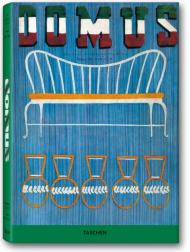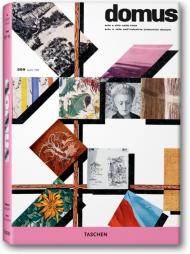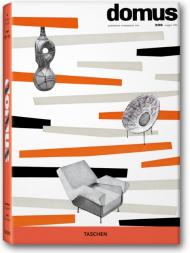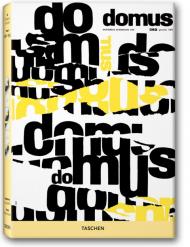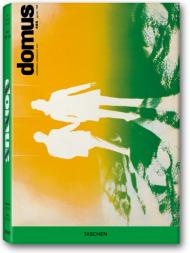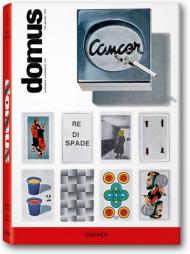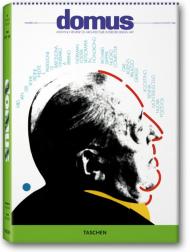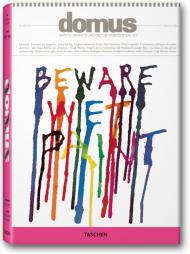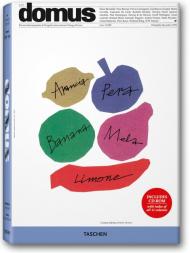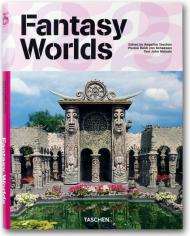For over eight decades domus has been the world's most influential architecture and design journal. Founded in 1928 by the great Milanese architect Gio Ponti, it has consistently highlighted the characteristic styles of each age, from Art Deco, Modernism, Functionalism, to Pop, Postmodernism and Late Modern. Beautifully designed and documented, domus presents the most exciting projects from around the world.
Each volume of TASCHEN's domus reprint collection reproduces a selection of the magazine's original pages, packed with articles tracing the history of modern design and architecture. Available as 12 separate volumes covering 1928-1999, this series is a major publishing event and a must-have item for design and architecture institutions and practices, architects, designers, students, and anyone who loves design.
1940–1949: Destruction and reconstruction
Fascism's rise and World War II led to widespread destruction in Europe, followed by reconstruction, democratization, and the search for new social values. In fascist Italy, Modernism flourished in buildings and designs by Carlo Mollino, Gian Luigi Banfi, Franco Albini, and Giuseppe Terragni. After the war, Organic Design emerged alongside the International Style. Despite enormous obstacles, the avant-garde continued to thrive in Italy, Switzerland, Scandinavia and the USA. This tome includes reports and features on modern industrial design and furniture, domestic and business interiors, new prefabricated houses, and American academic architecture.
Издательства
- Phaidon (8)
- teNeues (6)
- Thames & Hudson (6)
- Braun (5)
- Rizzoli (4)
- Gestalten (3)
- Princeton Architectural Press (2)
- DOM Publishers (2)
- Kerber Verlag (2)
- Laurence King Publishing (2)
